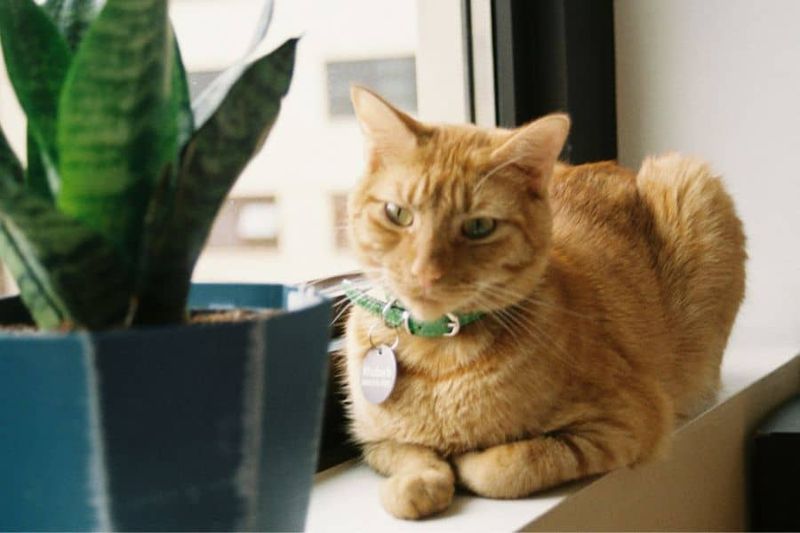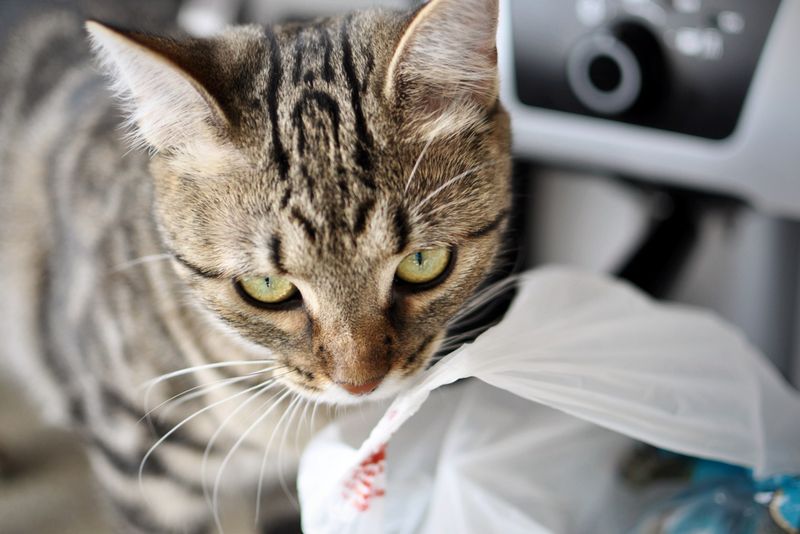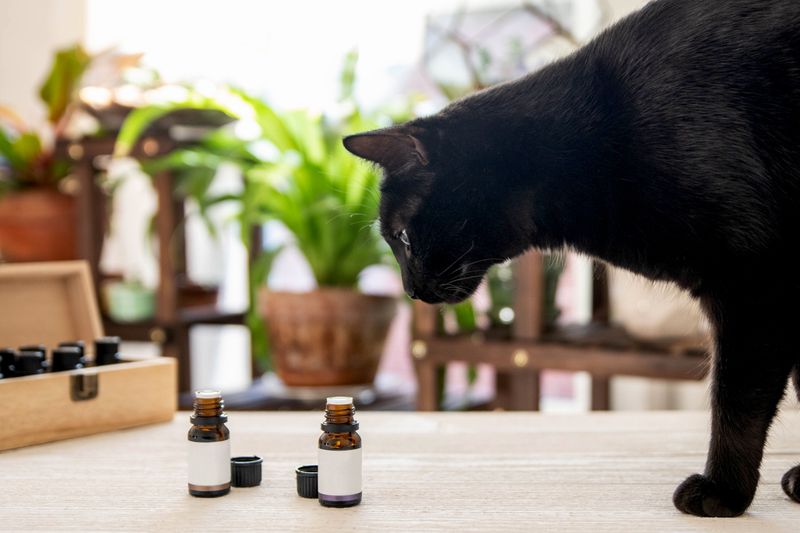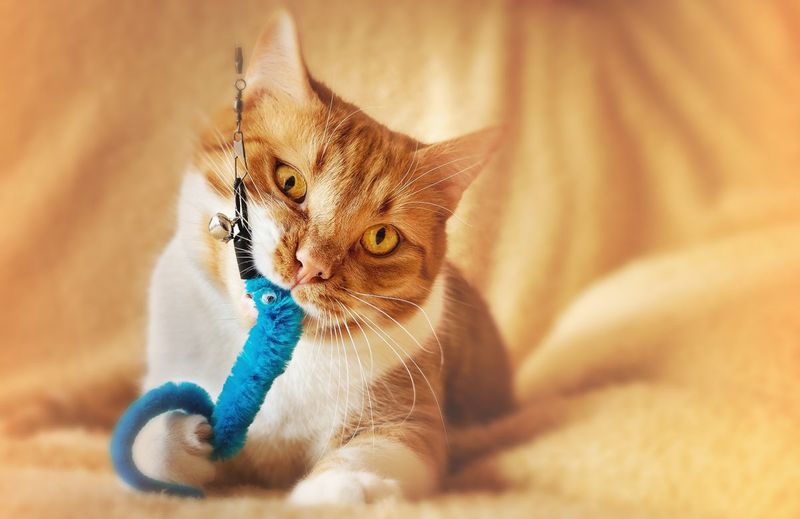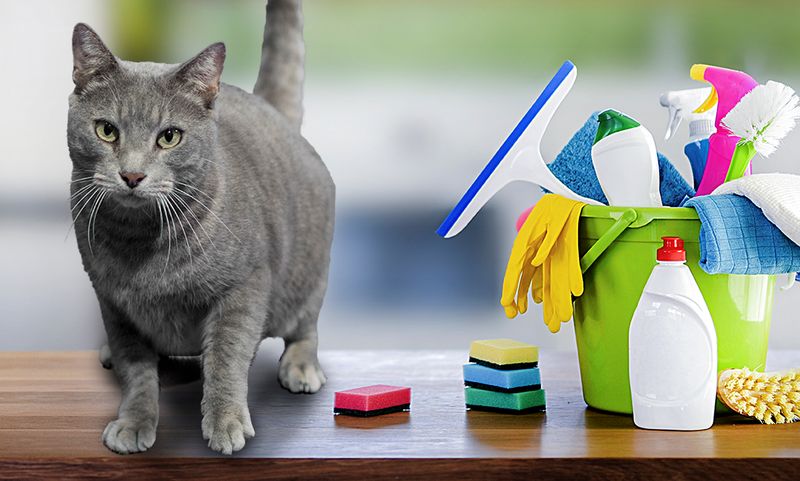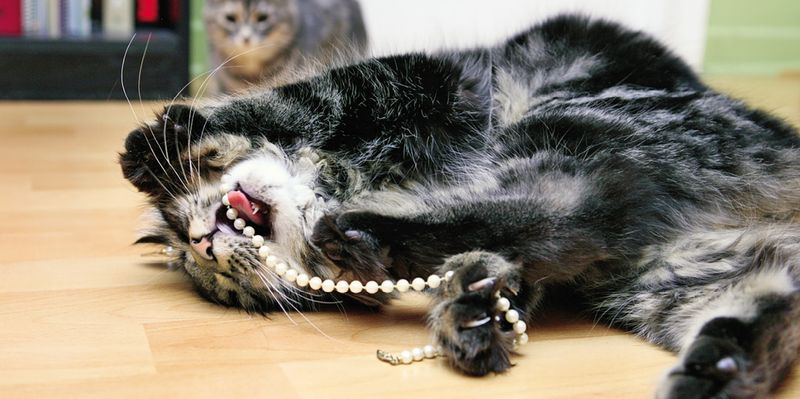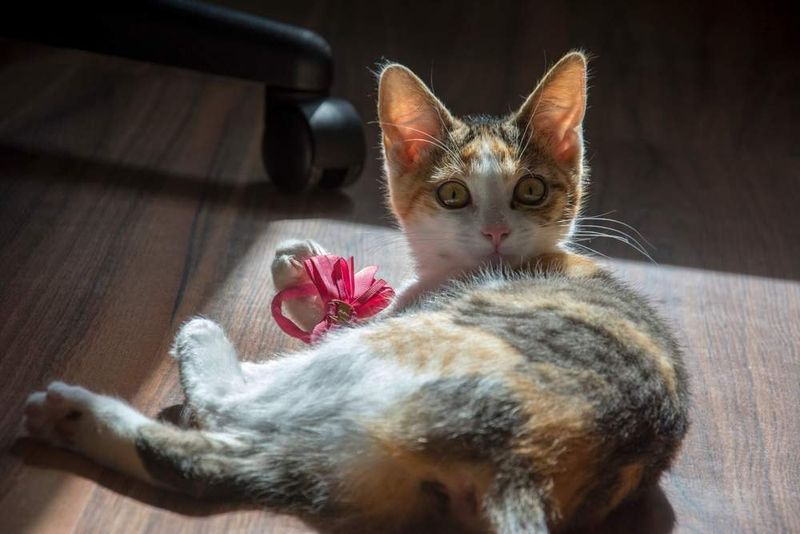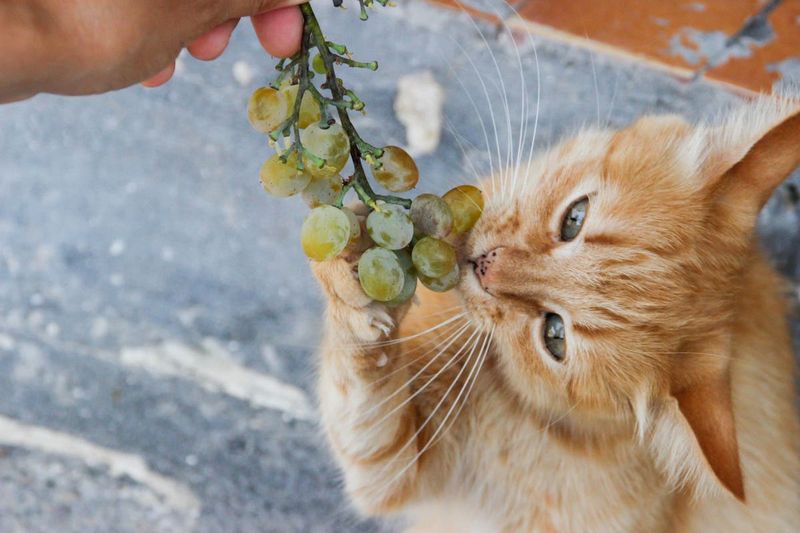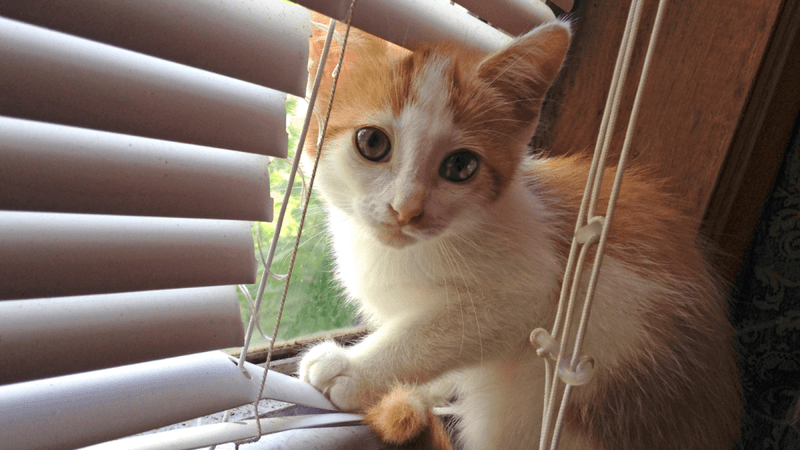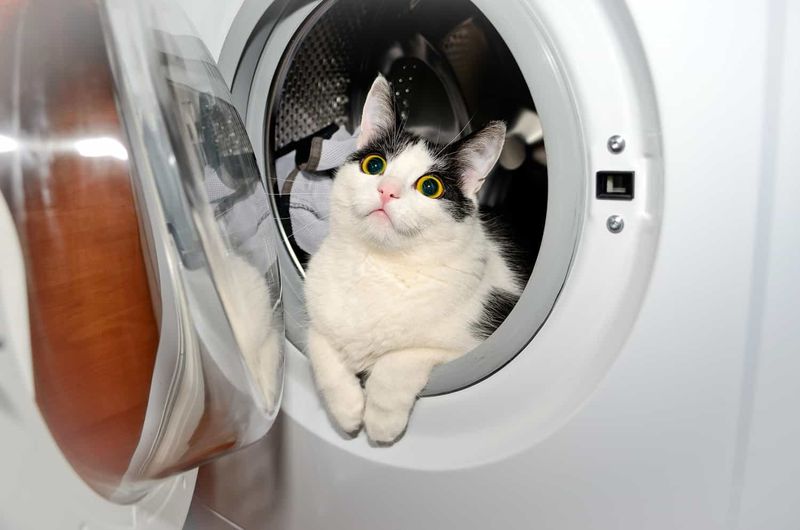📖 Table of Content:
- 1. Electrical Cords
- 2. Toxic Houseplants
- 3. Small Plastic Items
- 4. Essential Oils and Diffusers
- 5. String and Yarn
- 6. Human Medications
- 7. Cleaning Products
- 8. Dental Floss and Thread
- 9. Rubber Bands and Hair Ties
- 10. Hot Surfaces and Liquids
- 11. Poisonous Foods
- 12. Window Blind Cords
- 13. Washing Machines and Dryers
Kittens are full of energy and curiosity, eager to explore every corner of their environment. Their playful nature often leads them to investigate objects that may pose hidden dangers. This adventurous spirit requires careful attention to ensure their safety.
The inquisitive behavior of young cats can bring them into contact with common household items that are harmful or toxic. Many everyday objects may seem harmless but can cause serious health problems if ingested or touched. Awareness of these risks is essential for preventing accidents.
Protecting kittens involves identifying and managing potential threats before they become an issue. Creating a safe space helps reduce the chances of exposure to poisonous substances. Vigilance in the home environment is key to keeping these small explorers out of harm’s way.
1. Electrical Cords
For playful kittens, electrical cords are trouble waiting to happen. They look like little snakes, which makes them super tempting to chew and swipe at.
Sharp kitten teeth easily penetrate cord insulation, exposing them to potentially fatal electric shocks. Beyond electrocution risks, damaged cords become fire hazards that endanger your entire household.
Protect both your kitten and home by using cord covers, bitter apple spray (a safe deterrent), or simply keeping cords hidden behind furniture where tiny paws can’t reach them.
2. Toxic Houseplants
Many common houseplants contain chemicals that can harm your curious kitten. Lilies top the danger list—even minor contact with pollen can cause kidney failure in cats.
Other risky greenery includes pothos, philodendron, and aloe vera. Kittens naturally nibble on leaves to explore textures and tastes, not realizing the danger.
Before bringing any plant home, research its safety for felines. Consider creating a special pot of cat-safe grasses for your kitten to munch safely, satisfying their plant-exploring instincts without the risk.
3. Small Plastic Items
Bottle caps, plastic bread tags, and tiny toy parts fascinate kittens with their perfect batting size. These small plastic bits easily become lodged in a kitten’s throat or digestive tract.
Kittens play with their mouths as much as their paws, increasing choking risks. Regular household sweeps for these items prevent dangerous situations, especially in homes with children who might leave small toys accessible.
Create a kitten-safe zone with appropriately sized toys that can’t fit down their throat, and always check under furniture where plastic bits often hide.
4. Essential Oils and Diffusers
The powerful plant compounds in essential oils can be dangerous for kittens, whose young livers struggle to process them. Diffusers scatter tiny droplets of these oils into the air, where they settle on fur. As kittens groom, they unknowingly swallow these toxic residues.
Tea tree, citrus, pine, and wintergreen oils are particularly dangerous, causing liver damage, breathing difficulties, and neurological problems. A kitten’s sensitive respiratory system also reacts poorly to even diluted airborne oils.
Skip the oils entirely or switch to cat-safe alternatives like simmer pots with cinnamon sticks and orange peels, keeping them well out of pouncing range.
5. String and Yarn
Contrary to popular belief, balls of yarn pose serious dangers to kittens. When swallowed, string can cause intestinal blockages that require emergency surgery.
Kittens can’t resist batting at dangling threads, but they lack the judgment to stop playing when things get dangerous. The rough texture of a kitten’s tongue makes it difficult for them to spit out string once they start swallowing it.
Safer alternatives include specially designed cat toys with encased strings or interactive wand toys that keep the string part in your hands, not your kitten’s mouth.
6. Human Medications
Prescription bottles make enticing toys with their rattling sounds and rollable shapes. Even seemingly harmless over-the-counter medications can be deadly to kittens at minuscule doses.
Common painkillers like acetaminophen and ibuprofen cause rapid liver failure in cats. Antidepressants, blood pressure medications, and even vitamins designed for humans contain concentrations far too potent for tiny kitten bodies.
Store all medications in closed cabinets, retrieve dropped pills immediately, and never medicate your kitten without veterinary guidance—their physiology processes drugs very differently than ours.
7. Cleaning Products
Cleaning products used around the home can carry harmful chemicals dangerous to kittens through multiple routes—eating, breathing, or skin contact. A freshly mopped floor can become a hidden threat when curious kittens walk on it and then lick their paws to groom themselves.
Toilet bowl cleaners are particularly hazardous—kittens often drink from toilets out of curiosity. Bleach, ammonia, and phenol compounds cause chemical burns to sensitive tissues and can damage internal organs when absorbed.
Switch to pet-safe cleaning alternatives, rinse surfaces thoroughly after cleaning, and keep kittens away from freshly cleaned areas until completely dry.
8. Dental Floss and Thread
Bathroom wastebaskets often contain used dental floss—an irresistible treasure for curious kittens. The minty smell attracts them while the texture creates a dangerous linear foreign body if swallowed.
Thread from sewing projects poses similar hazards, especially with attached needles. These linear objects can anchor in the mouth or stomach while the rest travels through the intestines, causing severe internal damage as the digestive tract tries to move normally.
Use covered trash cans in bathrooms and keep sewing supplies in closed containers that curious paws can’t open.
9. Rubber Bands and Hair Ties
Kittens can’t resist rubber bands and hair ties—they’re small, bouncy, and just right for batting around. Sadly, these innocent-looking toys can cause dangerous blockages in their intestines. Sometimes, surgery is the only way to solve the problem.
Kittens particularly love stealing these items from bathroom counters and nightstands. Their stretchy nature makes them even more dangerous than string, as they can contract inside the digestive tract, gathering intestines into a painful bunch.
Store these items in drawers or containers with secure lids, and check under furniture regularly where kittens often stash their “treasures.”
10. Hot Surfaces and Liquids
Due to a lack of awareness, kittens may inadvertently jump onto hot surfaces such as stovetops, ironing boards, or near open flames like candles. Their sensitive paw pads are prone to thermal injuries, which can be both painful and slow to recover.
Curious kittens also investigate steaming mugs of coffee or tea, risking severe scalds to their delicate skin. Burns from hot liquids are particularly traumatic, as the liquid can spread widely across their small bodies.
Create kitten-free zones around cooking areas, never leave hot items unattended, and consider using flameless candles to eliminate fire risks entirely.
11. Poisonous Foods
Many human foods toxic to kittens look perfectly innocent on your kitchen counter. Chocolate contains theobromine, which causes heart problems and seizures even in small amounts.
Onions and garlic destroy red blood cells, leading to anemia. Grapes and raisins cause kidney failure, while raw dough can expand in warm stomachs, creating painful blockages.
Never feed your kitten from your plate, secure trash cans with locking lids, and clean spills immediately. Even foods that aren’t toxic may cause digestive upset in kittens’ sensitive systems.
12. Window Blind Cords
Dangling window blind cords present serious strangulation hazards to playful kittens. Their playful leaps and climbs can easily become entangled in looped cords, leading to panic and potential injury.
Vertical blinds with their chain connectors pose similar risks. Kittens often attack these cords as they sway with air movement, treating them as prey to be captured.
Replace corded blinds with cordless versions, or install cord cleats to keep excess cord wrapped securely out of reach. Temporary solutions include shortening cords and securing them with clothespins well above jumping height.
13. Washing Machines and Dryers
Front-loading appliances attract heat-seeking kittens looking for cozy napping spots. Their quiet exploration can go unnoticed until the machine starts its cycle with devastating consequences.
Even empty machines pose risks—kittens can become trapped if doors close behind them. The dark, enclosed space seems like a perfect hiding spot to a small kitten exploring your laundry room.
Always check inside appliances before starting cycles, keep doors firmly closed when not in use, and consider installing child-proof latches that prevent curious paws from pushing doors open.


